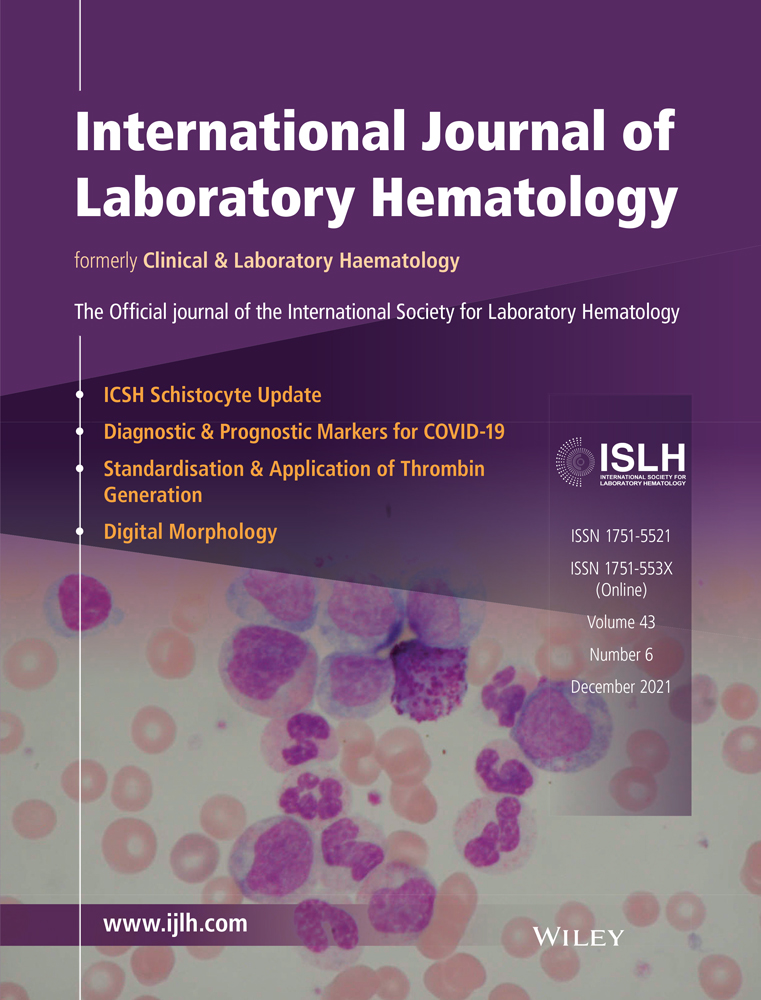Hemophagocytic histiocytosis in severe SARS-CoV-2 infection: A bone marrow study
Abstract
Introduction
The clinical and laboratory features of severe COVID-19 infection overlap with those of hemophagocytic lymphohistiocytosis (HLH), a hyperinflammatory disorder often associated with several viral infections. The clinical syndrome of HLH encompasses fever, organomegaly, cytopenias, hyperferritinemia, hypertriglyceridemia, raised transaminases, hypofibrinogenemia, absent natural killer (NK) cell activity, increased soluble CD25 and hemophagocytic lymphohistiocytosis in bone marrow, spleen, and lymph nodes.
Methods
We analyzed clinicopathological and laboratory features of thirteen patients with severe COVID-19 infection suspected to have HLH and found to have hemophagocytic histiocytosis on bone marrow examination (BME).
Results
Five of thirteen (38.46%) patients fulfilled five of eight HLH 2004 criteria and/or had a H-score ≥169. Three (23.08%) satisfied four of eight and remainder five (38.46%) satisfied three of eight HLH 2004 criteria. Fever, raised serum ferritin (13/13, 100%), transaminases (9/13, 69.23%), triglycerides (4/13, 30.76%), cytopenias (5/13, 38.46%), hypofibrinogenemia (2/13, 15.38%), and organomegaly (1/13, 7.69%) were observed in our patients. BME showed hemophagocytic histiocytosis without lymphocytosis in all. Contrary to HLH, lymphocytopenia (11/13, 84.61%), leukocytosis (7/13, 53.84%), neutrophilia (7/13, 53.84%), and hyperfibrinogenemia (7/13, 53.84%) were observed. Serum CRP, LDH, and plasma D-dimer were elevated in all, while serum albumin was decreased in 12 of 13 (92.3%) patients. Five patients recovered with high-dose pulsed corticosteroid therapy.
Conclusion
The immune response associated with severe COVID-19 infection is similar to HLH with few differences. HLH should be suspected in severe COVID-19 infection although all patients may not fulfill required HLH diagnostic criteria. BME should be done in suspected cases so that appropriate therapy may be initiated early.
CONFLICT OF INTEREST
The authors have no competing interests.
Open Research
DATA AVAILABILITY STATEMENT
The data that support the findings of this study are available from the corresponding author upon reasonable request.




